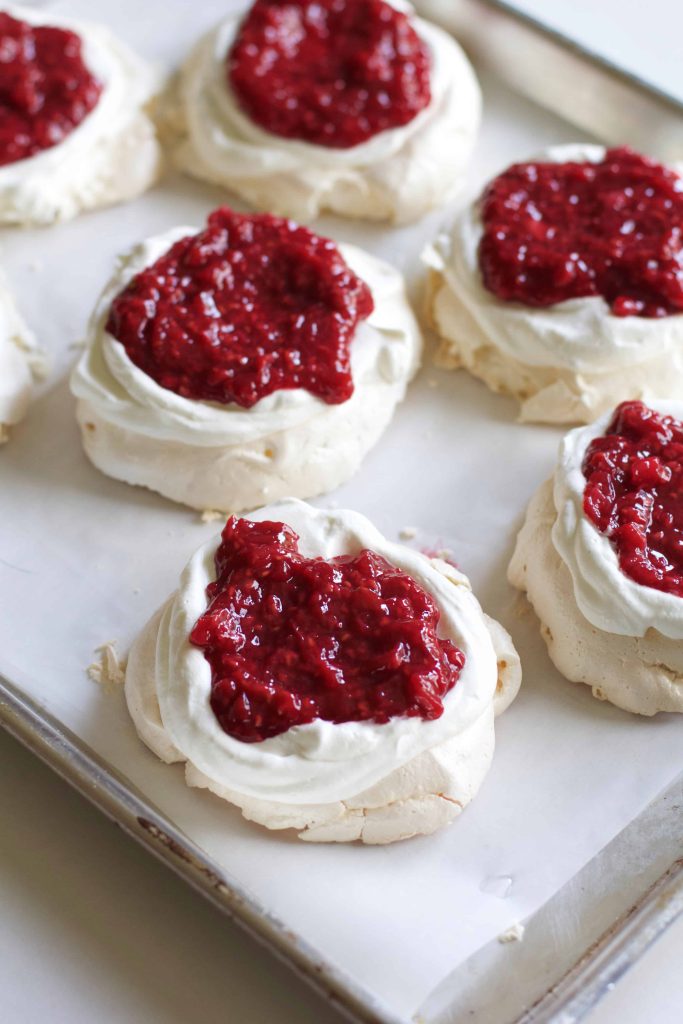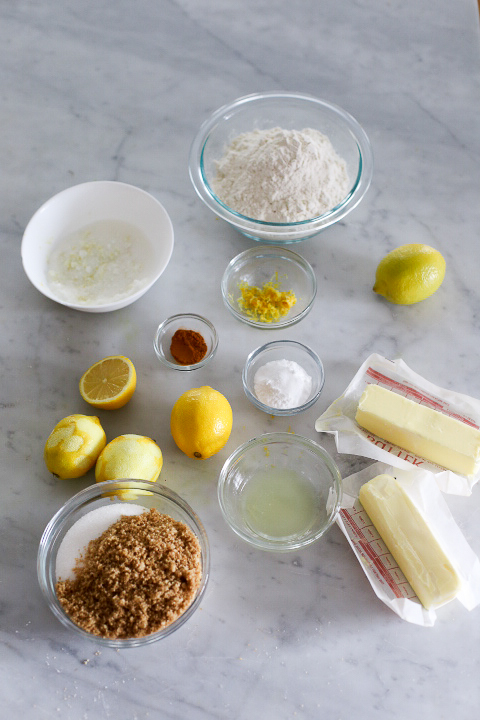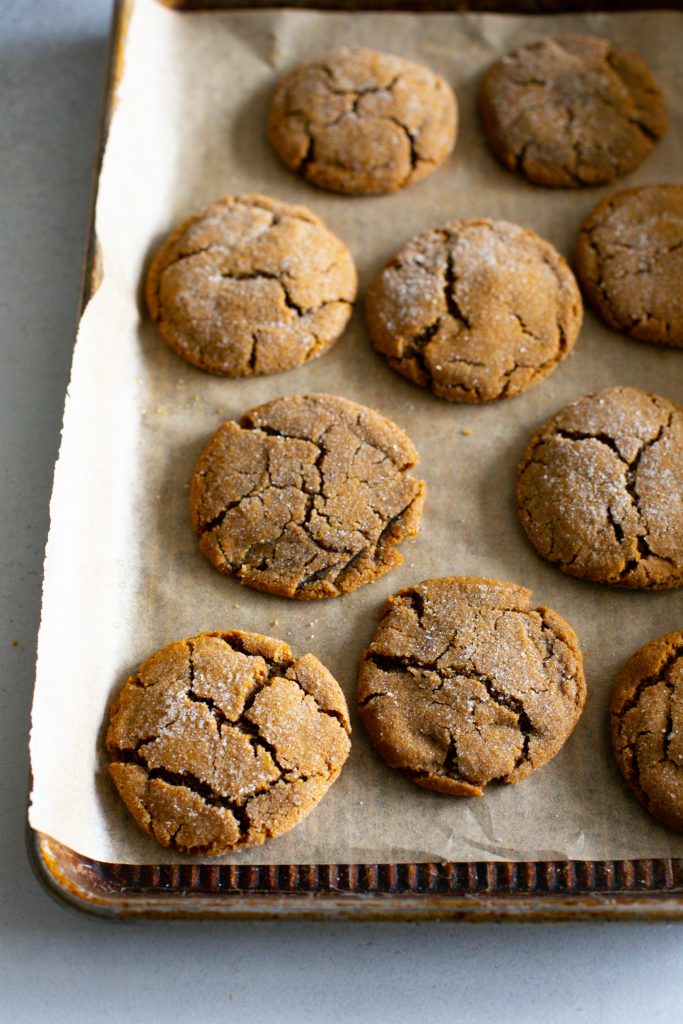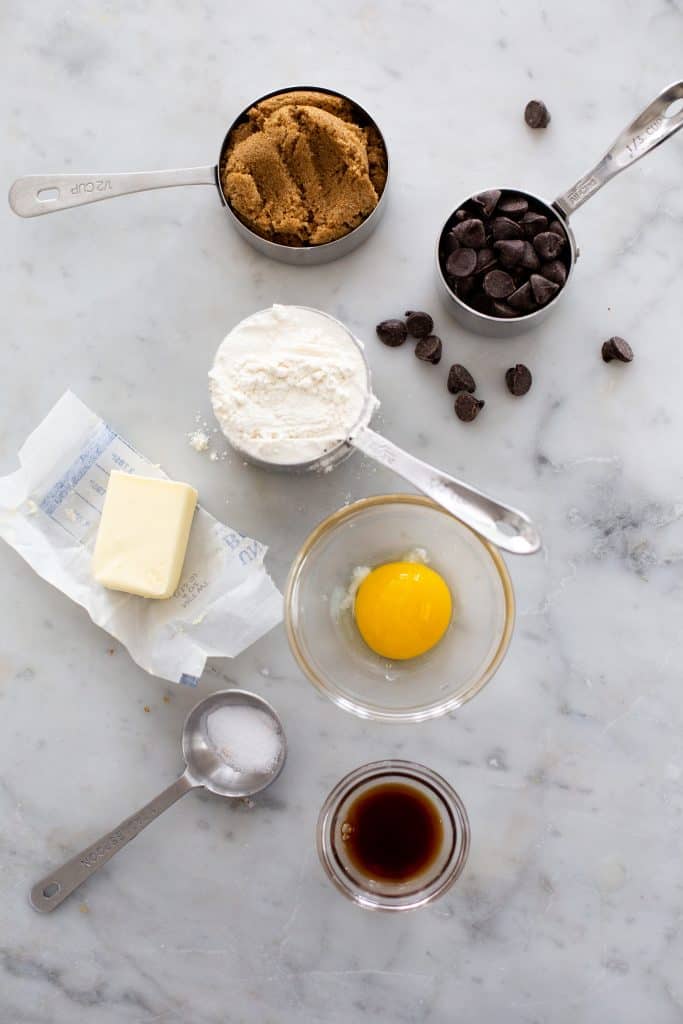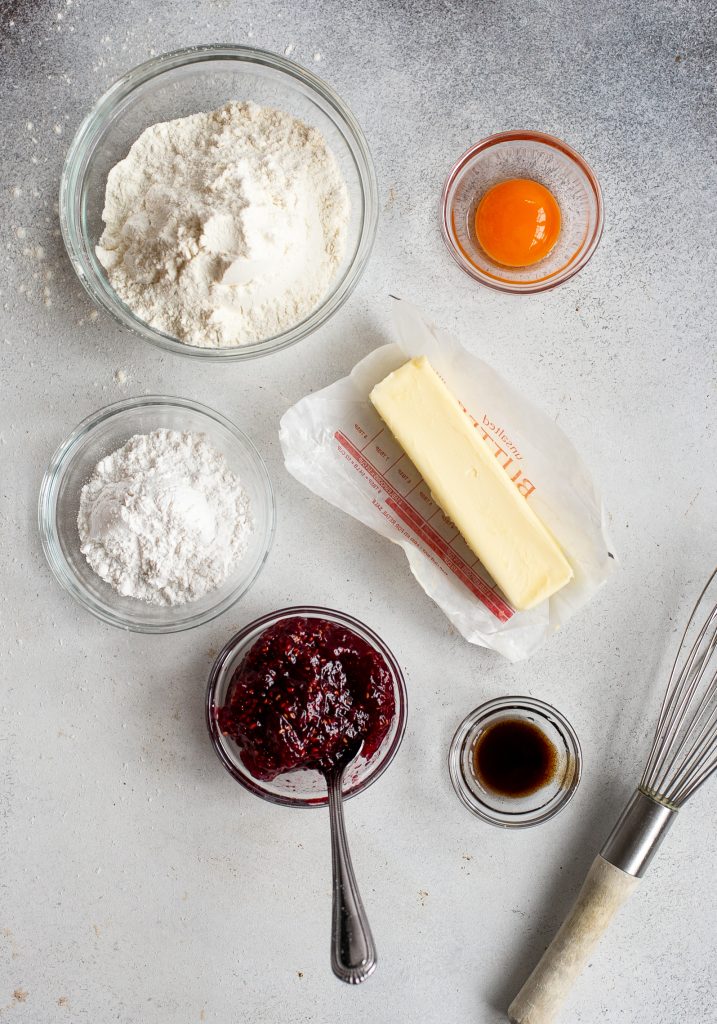Cream of Tartar vs Baking Powder
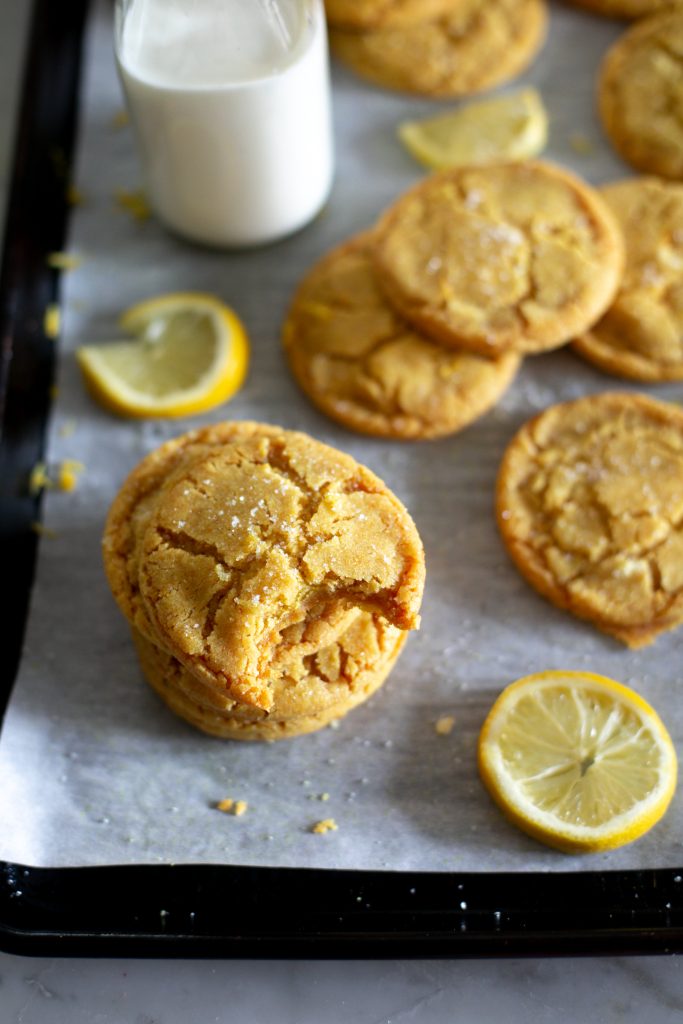
When it comes to baking, understanding the role of key ingredients is helpful for consistent and delicious baked goods. Two baking ingredients, cream of tartar and baking powder, may be common enough in your pantry, especially when dealing with recipes like angel food cake, meringue cookies or snickerdoodles, but I get the question often about what their roles are when it comes to baked goods. In this blog post, I’ll go into the chemistry behind these ingredients their unique properties, uses, and differences.
Cream of Tartar- The Stabilizing Agent: Cream of tartar, scientifically known as potassium bitartrate, is a fine white powder with acidic properties. It plays a vital role in stabilizing egg whites. When whipped, egg whites can lose their structure, but the addition of cream of tartar helps maintain stability, resulting in stiff peaks and an airy texture. I also like adding Cream of Tartar to cookie recipes where I want a crackly texture.
Cream of tartar acts as a dry acid, reacting with baking soda (sodium bicarbonate) during the baking process. This acid-base reaction generates carbon dioxide gas, creating bubbles that contribute to the leavening of baked goods. This is especially crucial in recipes where a light and fluffy texture is desired.
Baking Powder- Baking powder, on the other hand, is a common ingredient found in the baking aisle of your local grocery store. It typically consists of a combination of sodium bicarbonate and an acidic substance, such as cream of tartar. Unlike cream of tartar, baking powder serves as a complete leavening agent, eliminating the need for additional acidic ingredients in the recipe.
Understanding the Differences: One significant difference between cream of tartar and baking powder lies in their composition. Cream of tartar is a singular ingredient, while baking powder is a combination of ingredients designed to create the desired chemical reaction. Additionally, cream of tartar is often used in recipes where a stable structure for egg whites is crucial, such as in meringue cookies.
Shelf Life and Substitutes – Both cream of tartar and baking powder have a shelf life, and it’s essential to store them in a cool, dry place in an air-tight container to maintain their effectiveness. If you find yourself without cream of tartar, there are easy substitutes available, such as white vinegar or an equal amount of lemon juice.
Expiration Dates: Keep an eye on the expiration date of cream of tartar and baking powder. If you have a jar sitting in your pantry that is outdated it could lead to bad results in your baked goods.
When baking, the choice between cream of tartar and baking powder depends on what you’re hoping for in your recipe. If you’re aiming for stiff peaks in meringue or seeking a fluffy texture in your baked goods, understanding the chemical reactions and properties of these ingredients is the key to knowing when to use them. They have some similarities, but also different purposes-so, think about it the next time you take on a new recipe.
Crackly Cookies and Cream of Tartar-
Cream of tartar serves a purpose beyond stability and leavening; it’s also the secret behind those beautifully crackled cookies. Here’s the lowdown on how cream of tartar contributes to that distinctive crackly appearance:
- Cream of tartar brings a touch of acidity to the cookie dough.
- In cookie recipes, cream of tartar interacts with baking soda (or baking powder containing cream of tartar) and sugar.
- This combo creates a small chemical reaction, releasing carbon dioxide gas.
- The gas gets trapped in the dough, forming tiny bubbles.
- As the cookies bake, the bubbles expand, pushing against the dough and causing it to crack on the surface.
- The cracks give cookies that rustic, artisanal appearance, that I personally am a sucker for.
Where to find Cream of Tartar?
I find it in the Spice Aisle, surprisingly not near baking soda/powder
Baked Good Recipes using Cream of Tartar:
- Chewy Lemon Cookies
- Spiced Rum Crinkles
- Easy kids play doh (An essential ingredient!)
- Classic Snickerdoodles
Cream of Tartar replacement:
If a cookie recipe calls for cream of tartar and you don’t have it- you can sub lemon juice or white vinegar. For every 1/2 teaspoon of cream of tartar in the recipe, use 1 teaspoon lemon juice or white vinegar.

